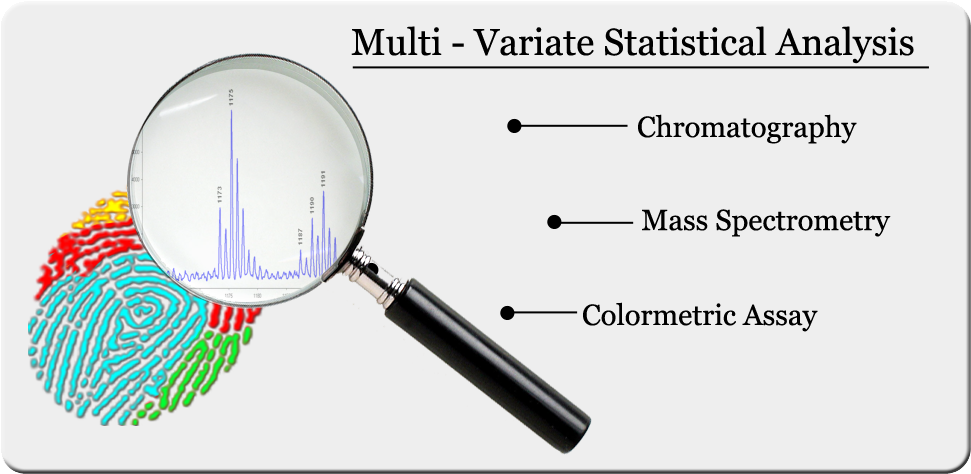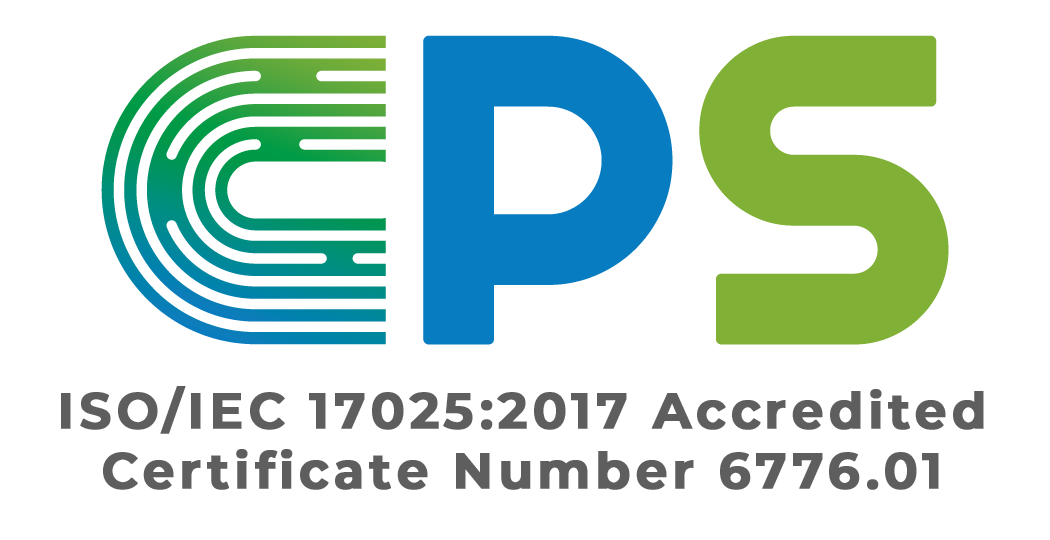Polyphenol-Fingerprinting℠
Collectively the polyphenols represent a ‘Fingerprint’ of the botanical product
Complete Phytochemical Solutions works across influential industry organizations to develop and implement analytic methods and provide business service solutions to the natural product supply chain that enables manufacturers to meet good manufacturing practice requirements.

Analysis
Analytic tools are applied to characterize the compounds that comprise the ‘Fingerprint’. These tools provide both quantitative (how much) and qualitative (what do these compounds look like) information on the polyphenol composition.
Collectively, the data obtained from these analyses provide information to support the Authenticity, Standardization, and Efficacy Evaluation.
Methods of Analysis
CPS offers a suite of assays and advanced instrumentation to support routine analytic service and customized research. We pride ourselves in developing and validating new analytic methods to meet the evolving needs of the natural products market. We believe in an open science platform and publish all of our methods in highly respected peer-reviewed scientific journals.
Matrix-Assisted Laser Desorption/Ionization Time-of-Flight Mass Spectrometry (MALDI-TOF MS)
MALDI-TOF MS is well suited to be able to characterize oligomeric polyphenols such as PACs, pigmented oligomers and hydrolysable tannins. Our scientist have spent 20 years developing MALDI-TOF MS applications for the characterization of complex mixtures of oligomeric polyphenols in grape seed extracts, sorghum, cranberries, pomegranates, peanut skins apples etc. Recently CPS developed and validated an AOAC Official First
Action method (2019.05) for the identification of A-type PACs in cranberry products. MALDI-TOF MS is a very powerful analytic tool that can be used to support the authenticity of botanical ingredients and finished products.
[Esquivel et al., J. AOAC International, 2020]
4-(Dimethylamino)cinnamaldehyde (DMAC) assay
The DMAC colorimetric method can be used to quantify soluble (extractable) proanthocyanidins (PACs). Our scientists developed and validated this AOAC Official First Action Method (2019.06) for the accurate quantification of soluble PACs in cranberry products. We report soluble PACs as both procyanidin A2 dimer equivalents and cranberry PAC (cPAC) equivalents. The cPAC reference standard was developed by CPS scientists to reflect the structural heterogeneity of cranberry PACs (degree of polymerization, nature of interflavan linkages and phenolic ring substitution) and provide more accurate quantification of soluble PAC when compared to the use of the procyanidin A2 dimer reference standard. [Birmingham et al., J. AOAC International, 2020]
Butanol HCL (BHCL) assay
The BHCL colorimetric method can be used to quantify insoluble (non-extractable) PACs that are bound to plant wall components such as fiber or proteins. Our scientists developed and validated this method for the quantification of insoluble PACs in cranberry products. We report insoluble PAC as cranberry PAC (cPAC) equivalents. The cPAC reference standard was developed by CPS scientists to reflect the structural heterogeneity of cranberry PACs (degree of polymerization, nature of interflavan linkages and phenolic ring substitutsion) and provide an accurate quantification of insoluble PAC. [Gullickson et al., JAFC, 2019]
Folin Ciocalteu Assay
The Folin-Ciocalteu colorimetric assay can be used to quantify total soluble (extractable) polyphenols. This published AOAC method is used widely in food, beverage and dietary supplement markets.
High Performance Liquid Chromatography – Electrospray Ionization Mass Spectrometry (HPLC-ESI MS)
HPLC-ESI MS instrumentation enables front-end separation of individual small molecular weight polyphenolic compounds and back end UV-Visible (Photo Diode Array) and mass spectrometric (single quadrupole) detection. HPLC-ESI MS enables both quantitative (how much) & qualitative (what do these compounds look like) information on the polyphenol composition. As an example, CPS routinely uses a United States Pharmacopoeia (USP) elderberry monograph HPLC method to quantify and authenticate elderberry fruit, concentrates and extract powders.
Stability Testing
We offer real-time and accelerated stability testing services using temperature and humidity controlled environmental chambers.
Quality Guaranteed
Complete Phytochemical Solutions, LLC works closely with several industry governing bodies:
- The United States Pharmacopeia: to draft analytic guidance documents (monographs)
- The Association of Official Analytic Chemists: to develop, validate and globally harmonize new analytic methods
- American Botanical Council: to support the Botanical Adulterants Program
- American Herbal Pharmacopeia: co-authoring of cranberry monographs
We also won first place in the 2016 Wisconsin Governor’s Business Plan Competition for our development of Polyphenol-Fingerprinting℠
For further information please visit our press/publications section
Satisfied
Head Office
Call Us
(608) 423-1327
